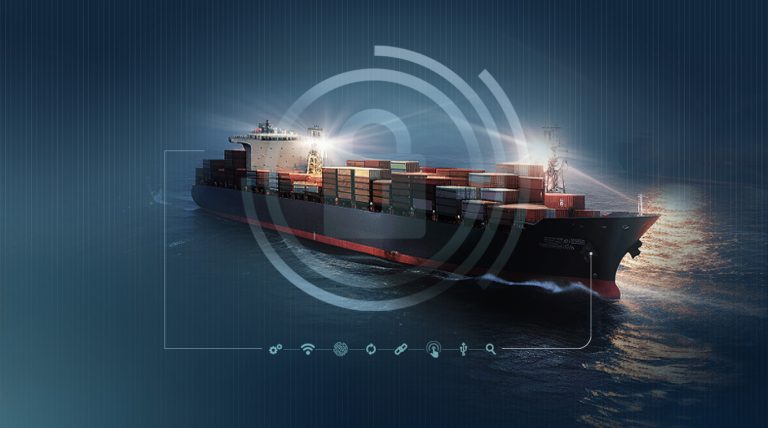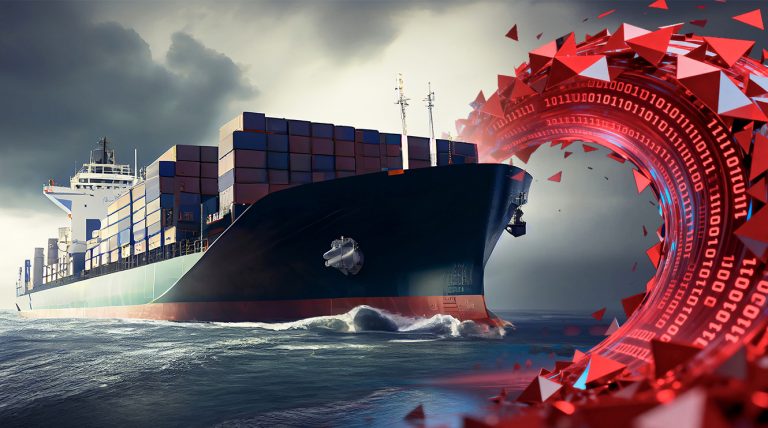The arrival of LEO satellite networks like Starlink has brought more than just speed—it has redefined how vessels operate. What were once isolated environments are now fully integrated digital branches of a company’s wider network. With continuous high-speed connectivity, shipowners and operators are unlocking real-time performance data, supporting smarter maintenance, and significantly improving the welfare of their crews.
Onboard internet is no longer just a perk for crew morale—it’s a lifeline. Seafarers now enjoy consistent access to messaging apps, video calls, and news from home. This connectivity helps bridge the emotional gap during long voyages and plays a growing role in mental health support and crew retention.
In fact, recent data shows that 77% of seafarers say onboard connectivity significantly improves their quality of life, and crew turnover has decreased in companies offering high-speed access—saving tens of thousands of dollars per position when factoring in recruitment, training, and lost productivity. Still, the impact extends further—video calls with family now happen daily, and the ability to stream entertainment or play online games helps alleviate stress during long voyages. From mental well-being to staying updated on live news from home, always-on access is becoming the norm.
As noted by industry professionals, younger seafarers—born into the 4G and fiber eras—expect high-speed connectivity as a given, not a luxury. Generation Z, now making up an estimated 27% of the global workforce by 2025, is steadily entering the maritime sector. For them, seamless internet access isn’t just appreciated—it’s expected. It’s no longer a perk; it’s a strategic differentiator that attracts and retains top-tier seafarers in a highly competitive labor market.
Operationally, Starlink and similar solutions have also enabled seamless troubleshooting and real-time support. Instead of waiting for port calls, crew can instantly share images and videos with shoreside teams. This supports everything from remote diagnostics and maintenance to compliance tasks like SIRE 2.0 inspections that demand the exchange of large files.
Yet with all these benefits come new challenges. Companies are seeing increased screen time, and in some cases, signs of social withdrawal onboard. Structured social activities and controlled bandwidth access are being implemented to maintain balance. Moreover, unrestricted use can lead to fatigue, especially during rest hours—affecting overall safety.
Organizations are now training not just crews, but also their families. Instant communication can unintentionally burden seafarers with stress from home. Educating families on when and how to share personal updates is becoming part of the broader connectivity and mental health strategy.
Importantly, as remote access increases, so does the cyber threat surface. The cost of a single cyberattack can cripple operations and damage a company’s reputation, making robust cybersecurity measures a non-negotiable investment. Maritime companies are now implementing best practices such as mandatory crew training modules, defined social media policies, restricted access to sensitive onboard systems, and regular vulnerability assessments to protect both the individual and the vessel.
But the benefits go far beyond welfare. With vessels connected 24/7, IT managers can push updates, troubleshoot systems, and support crews remotely without waiting for port calls. Real-time monitoring drives proactive maintenance, minimizing costly disruptions. Reducing vessel downtime by even 5% can translate to thousands of dollars in savings per voyage, directly boosting profitability. Remote audits, virtual inspections, and training sessions are now possible from shore offices, improving safety and compliance.
MarPoint’s technology empowers in enabling this transition. Acting as an orchestra for vessel IT and crew welfare, its solutions work together to deliver seamless, secure, and centrally managed connectivity. Designed to adapt to multi-WAN environments and modern fleet demands, MarPoint empowers maritime operations with real-time control, reduced onboard hardware needs, and layered cybersecurity—making vessels more resilient, agile, and crew-centric.
Final Thoughts:
The shift from isolation to integration is no longer a future vision—it’s today’s operational standard. High-speed connectivity has become a foundational element for both crew welfare and operational efficiency. But to fully realize its potential, maritime stakeholders must treat connectivity not as a luxury, but as a strategic pillar. By embracing smart technologies, setting clear policies, and investing in both human and technical training, we can ensure that life at sea remains safe, connected, and sustainable—for every generation of seafarers.
This article is based on insights from the webinar “Maritime Operations & Crew Welfare in the LEO Age: Real Stories and a Look Ahead Beyond VSAT,” organized by MarPoint’s Learning Hub under the auspices of AMMITEC. Explore key insights from the webinar.





